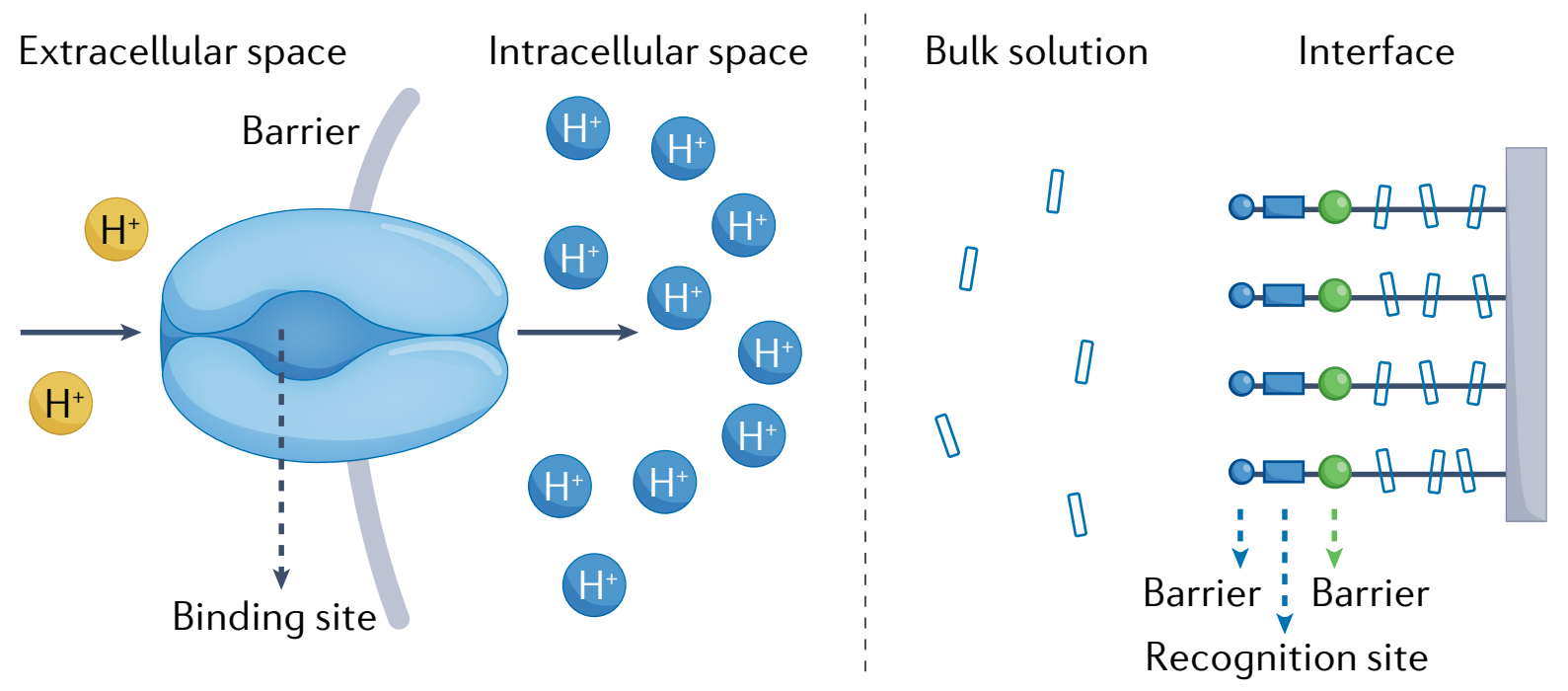Sequenced-Controlled Polymer
Learning from nature, our project seeks to develop molecular systems that replicate the intricate synthesis and high-fidelity mechanisms seen in biological processes, such as those driven by ribosomes. Unlike traditional synthetic chemistry, which depends on passive, thermodynamically driven methods, our molecular machines are engineered to actively and precisely position molecules during the pumping stage. By emulating the complex molecular assembly and sequencing observed in nature, we aim to design and fabricate novel bioinspired soft matter with innovative behaviors for applications in self-assembly, drug delivery, and antibacterial solutions.

Biomimetic Materials Equipped with Molecular Motors for Biomedicine
Current materials systems mainly exhibit random rotational and linear motions of molecular entities within their frameworks. While some of these entities can be manipulated by environmental factors to function as switches, the potential goes far beyond that. We've recently begun to implement continuous rotational motion and directed linear motion in these systems, enabling them to perform mechanical, electrical, or osmotic work. Such developments represent true molecular machines in action.
However, the next frontier lies in designing innovative architectures that embed molecular machines into extended frameworks. These designs could lead to the creation of nano- and mesoscale task-performing structures. For instance, designing chemical factories to transform low-value substrates into high-value, potentially far-from-equilibrium, products. As the field of mechanisorption continues to advance rapidly, we believe the capacity of pumping cassettes to channel external energy and concentrate substrates at interfaces will become increasingly significant. Such capabilities will stand alongside equilibrium properties that have made physisorption and chemisorption invaluable techniques. In catalytic systems exhibiting robust dynamics, enzyme-mimicking artificial molecular machines could precisely hold cargoes in optimal positions. External actuation could then drive reactions away from equilibrium, a precision enabled by the emergence of mechanical bonds, an innovation sending ripples across the physical, chemical, and materials science communities.
Through our pursuit of bioinspired materials and interfaces, we hope to contribute to a new era of material science, where innovation and creativity unlock unprecedented potential in various applications. Our research is a testament to the limitless possibilities when human ingenuity meets nature's wisdom.